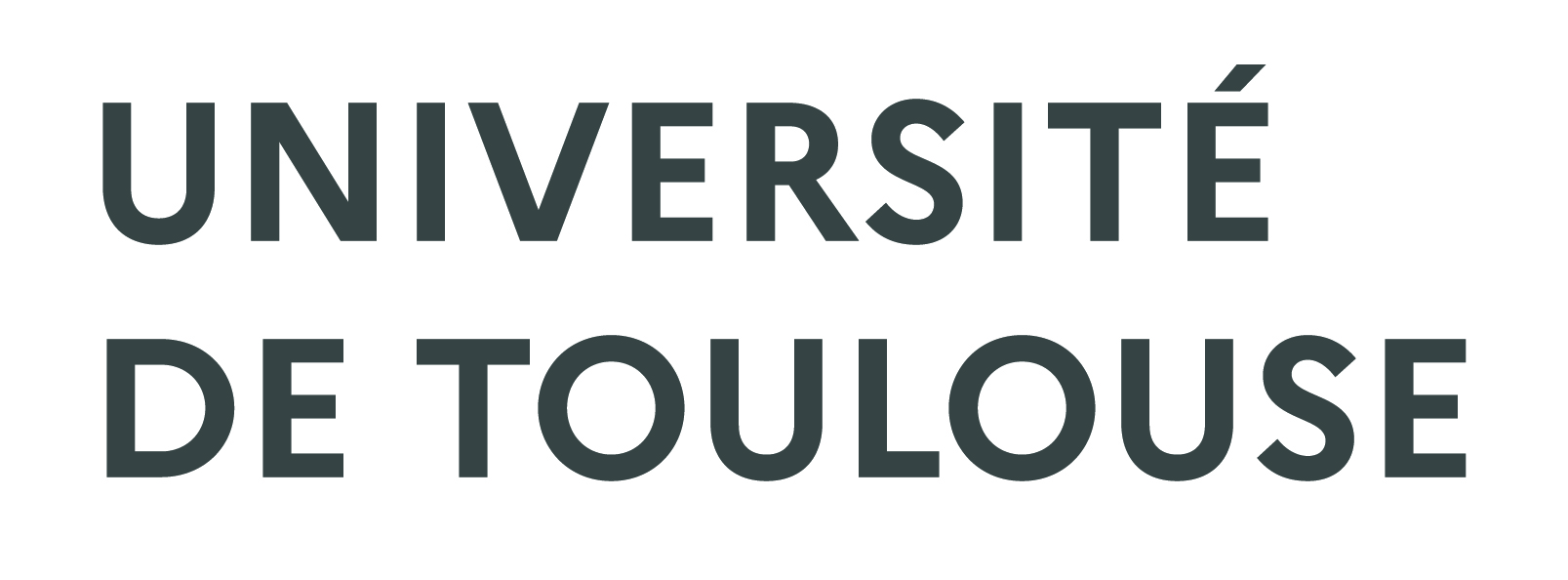Joint registration and fusion of an infra-red camera and scanning radar in a maritime context
Résumé
The number of nodes in sensor networks is continually increasing, and maintaining accurate track estimates inside their common surveillance region is a critical necessity. Modern sensor platforms are likely to carry a range of different sensor modalities, all providing data at differing rates, and with varying degrees of uncertainty. These factors complicate the fusion problem as multiple observation models are required, along with a dynamic prediction model. However, the problem is exacerbated when sensors are not registered correctly with respect to each other, i.e. if they are subject to a static or dynamic bias. In this case, measurements from different sensors may correspond to the same target, but do not correlate with each other when in the same Frame of Reference (FoR), which decreases track accuracy. This paper presents a method to jointly estimate the state of multiple targets in a surveillance region, and to correctly register a radar and an Infrared Search and Track (IRST) system onto the same FoR to perform sensor fusion. Previous work using this type of parent-offspring process has been successful when calibrating a pair of cameras, but has never been attempted on a heterogeneous sensor network, nor in a maritime environment. This article presents results on both simulated scenarios and a segment of real data that show a significant increase in track quality in comparison to using incorrectly calibrated sensors or single-radar only.

